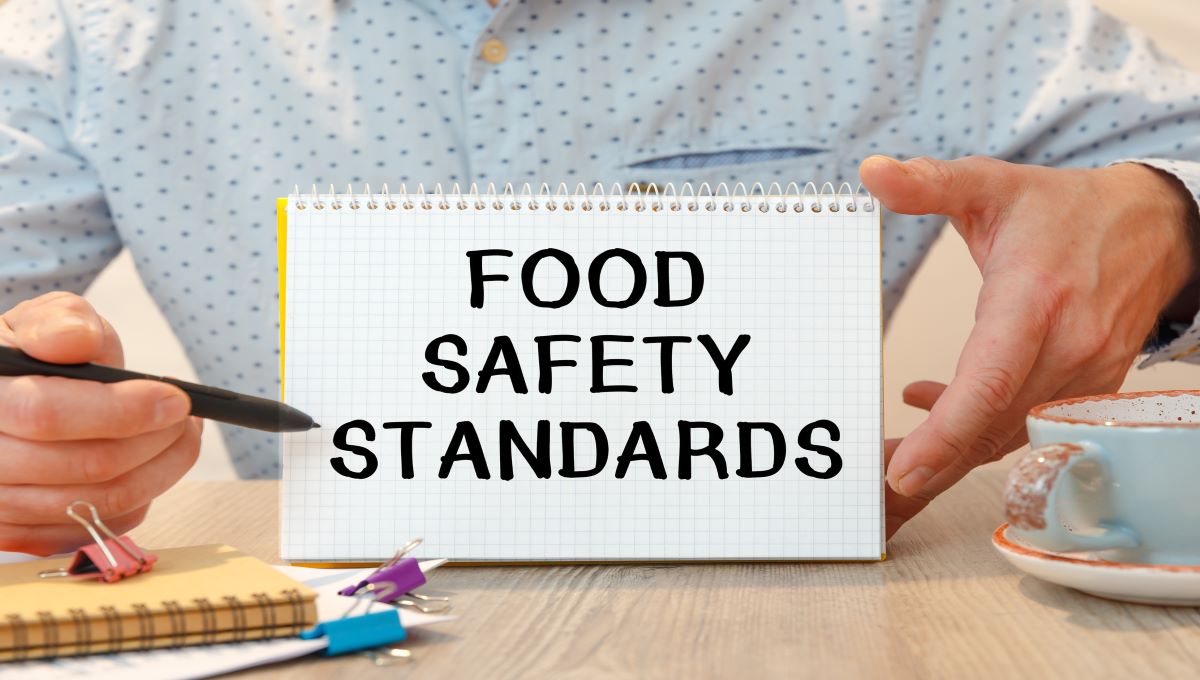Results from projects in three countries helping to improve food safety systems have been published by the FAO.
The efforts, involving the United Nations Food and Agriculture Organization (FAO), were in Belarus, Armenia and Georgia.
Improving the system in Belarus
Work in Belarus, with an FAO contribution of $310,000, ran from April 2019 to December 2021. Delays were experienced because of administrative constraints and issues with recruitment of international consultants.
The country’s food safety control system has a multi-agency framework that involves the Ministry of Health, Ministry of Agriculture and Food, and the State Committee for Standardization. These agencies work independently, with overlapping mandates and responsibilities.
The project assessed the existing system and provided recommendations to optimize it. However, it was not possible to complete the self-assessment of the current system for official food control.
Improvements were made to the national food safety framework, priority official food control functions, and the abilities of national experts. It is hoped this will help the production of safe and quality food for the domestic market, and increase competitiveness in international trade, according to a project summary.
About 100 people were trained in risk assessment, risk communication, and international food safety notification systems. Several training courses were delivered to increase the practical capacities of laboratory analysis.
Accession to the World Trade Organization (WTO) and export market diversification are high priorities for Belarus.
Producers and exporters of meat and dairy gained knowledge about the diversification of export markets and were provided with marketing and technical information on export to China, Vietnam, the United Arab Emirates and European Union, which were selected as key markets.
Help with risk in Armenia
A project in Armenia, with an FAO contribution of $315,000, ran from May 2019 to December 2021.
The Food Safety Inspectorate Body (FSIB), the agency for official food safety controls, animal and plant health, said a risk assessment methodology in food safety, veterinary and phytosanitary services was needed. Improved capacity in risk assessment would help to ensure food safety and animal health controls in Armenia, and aid authorities to better respond to trade requirements.
Methods included training courses, direct expert advice, and guidance materials on risk analysis. This covered risk-based and evidence-based approaches in decision-making, risk ranking, chemical and microbiological risk assessment and risk-based food inspection.
The country’s government is also currently working on a national food safety strategy.
The project was impacted by the COVID-19 pandemic as well as political and economic unrest in the country.
It is hoped that enhanced capacities of the authorities on risk management and assessment in food safety, animal and plant health will improve the safety and quality of food produced and consumed in Armenia and increase competitiveness in international trade.
Animal controls in Georgia
Another project supported the creation of a European Union-compliant identification and traceability system for livestock in Georgia.
The purpose of the National Animal Identification, Registration and Traceability System (NAITS) is to help improve the health of livestock through the control and eradication of some major diseases and to improve food safety through the traceability of cattle, small ruminants and pigs.
NAITS is based on open source frameworks to avoid any licensing costs. Equipment was provided for intended users of the software and slaughterhouse staff and National Food Agency field veterinarians were trained.
The Ministry of Environmental Protection and Agriculture and National Food Agency can now identify, register and track livestock animal health prevention and response actions.
The expected impact of the five-year project, which ended in December 2021, was an increase in incomes, competitiveness and productivity because of improved animal health, reduced food risks and a boost in access to regional and international markets.
(To sign up for a free subscription to Food Safety News, click here.)

